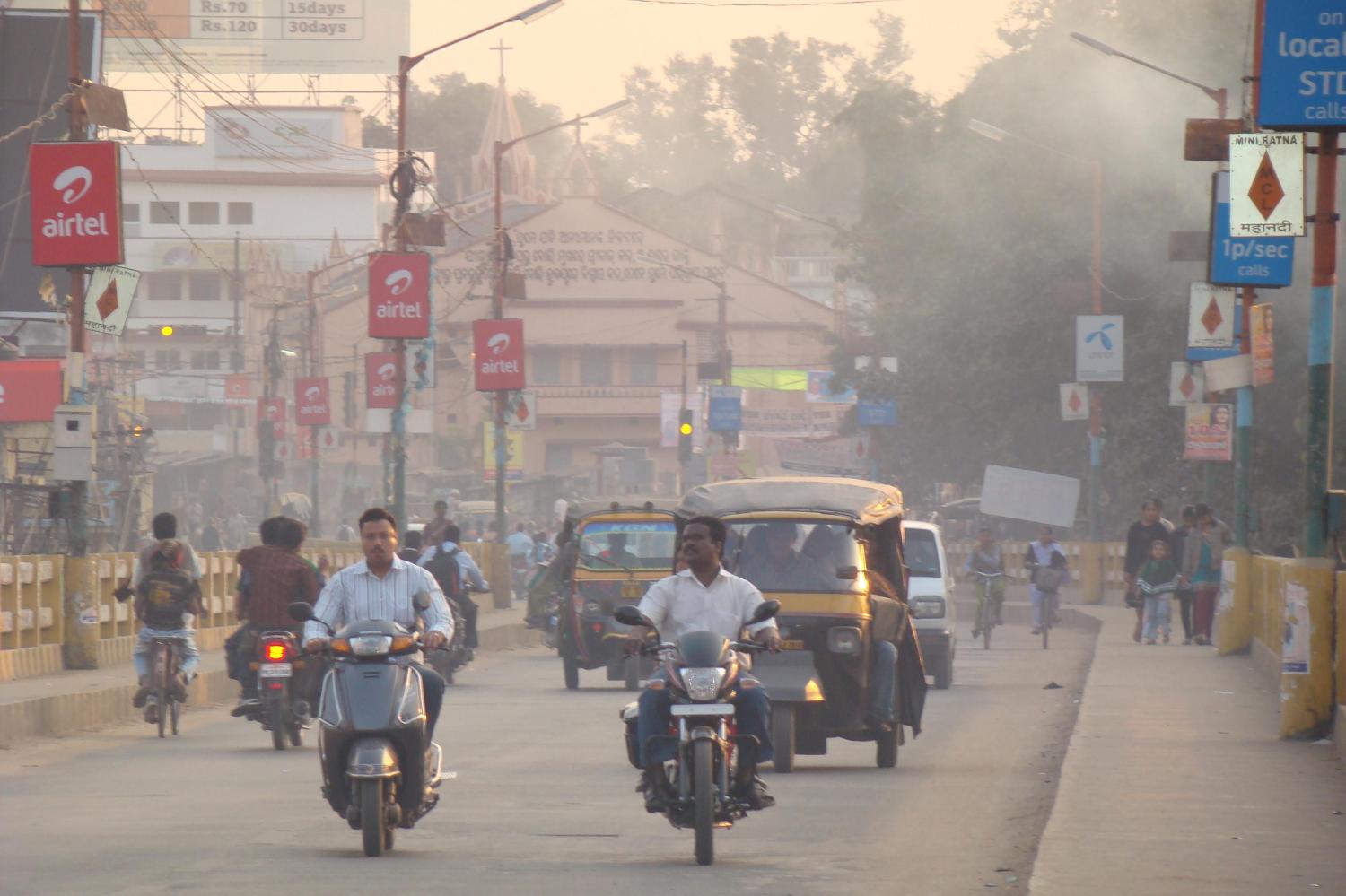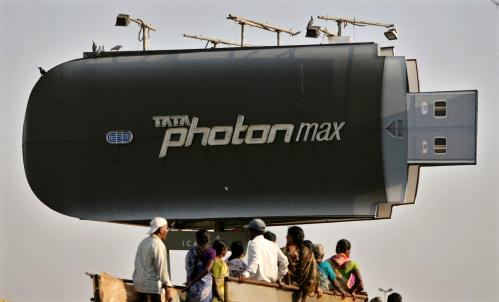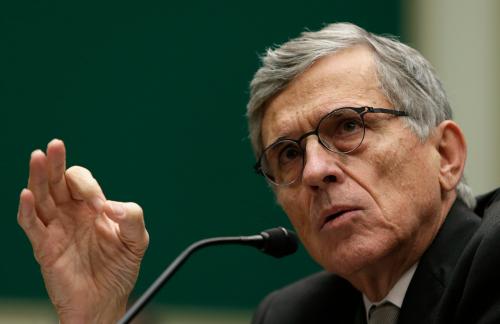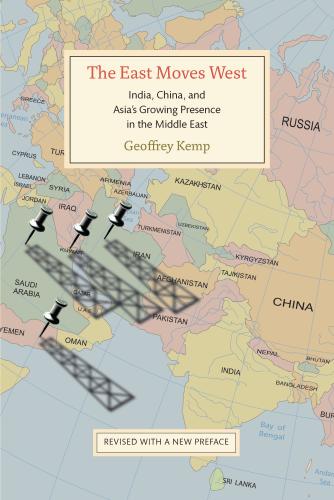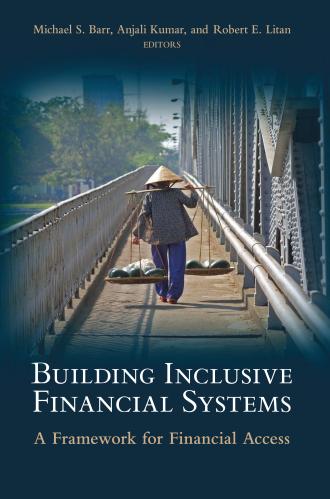Content from the Brookings Institution India Center is now archived. After seven years of an impactful partnership, as of September 11, 2020, Brookings India is now the Centre for Social and Economic Progress, an independent public policy institution based in India.
The views are of the author(s).
The mobile sector continues to see dramatic growth around the world. Usage of cellphones, smartphones, and tablets is increasing at a rapid pace. With the growing popularity and ease of use of mobile devices such as iPhone, Android phones, tablets, and other portable devices, new mobile applications are coming online that increase access and capability, particularly in areas such as education, health care, transportation, and commerce.
But the tremendous increase in wireless utilization is coming up against the constraints of radio spectrum availability and telecommunications infrastructure. Radio spectrum refers to the parts of electromagnetic frequencies that are available for wireless transmissions. Different parts of the spectrum are used for different technologies and applications. A spectrum frequency band is a small section of the spectrum in which channels are used for a defined purpose. For example, the mobile broadband technologies utilized by smartphones and tablets, allows for high-speed access to the internet and other data services over mobile networks.
Generally, frequencies from 30 kHz to 300 GHz are used as radio spectrum and governments allocate radio frequency bands for particular uses. It is important to note that spectrum is a scarce natural resource, since allocated spectrum cannot simultaneously be used for other purposes. Limitations in spectrum and mobile networks can create environments where consumers experience dropped calls, reduced wireless availability, or high prices. This, in turn, can cause slower mobile growth in many countries.
In this paper, the authors examine mobile technology in India. In particular, they study the crucial role of spectrum policy in facilitating wireless growth. The availability of devices, high telecommunications costs, and taxes on mobile usage make it difficult for consumers and businesses to take full advantage of the mobile revolution. India has enormous potential for growth in mobile applications as is reflected in its massive number of mobile customers. Many estimate that India will become the first mobile-first Internet market in the world. This is because nearly 80 percent of Internet users are doing so through mobile phones and for approximately 60 percent of Internet users, mobile is the only source of Internet access.
The Indian government recognizes the potential of this sector in advancing financial access, improving information, and raising productivity in the economy. It has therefore launched major flagship programs like Digital India and Smart Cities which fundamentally depend on telecommunications infrastructure. India, however, needs to improve its wireless infrastructure and spectrum policy for this potential to be fully realized. While spectrum availability is a global challenge faced by all economies, it is a particularly severe issue in India. Given the crucial role of the telecommunications sector in India’s future, solving these challenges is vital for economic growth and societal inclusion.
The Brookings Institution is committed to quality, independence, and impact.
We are supported by a diverse array of funders. In line with our values and policies, each Brookings publication represents the sole views of its author(s).


